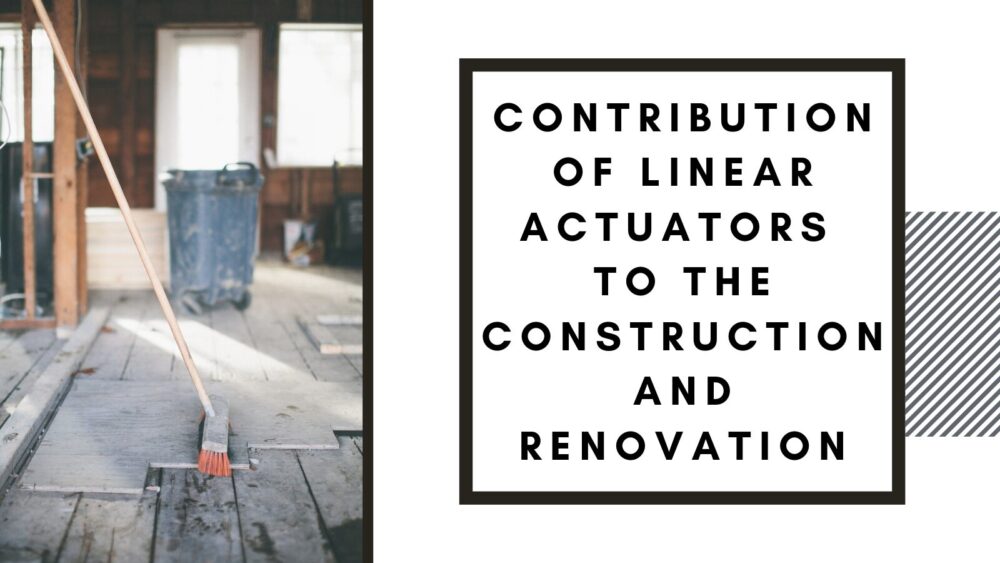Linear actuators are widely applied in all the fields of our life. They help people to handle immense construction as well as small individual home renovation projects. There are many reasons to apply linear actuators for all those projects:
- Linear actuators contribute to a higher performance level and productivity. The construction equipment needs to be strong, versatile, and robust. These features shall be combined with the top safety level. Linear actuators deliver all these features. Moreover, they are perfect for performing repetitive tasks and handle heavy loads.
- Adaptability and customization are those features that allow using actuators in all types of projects. Some of them, like here, can be used for small home renovation projects, while others can be applied for huge construction sites.
- Precision and speed are one of the crucial features when it comes to the construction industry. If automated equipment is used on the construction sites, it allows reducing human intervention to a minimum. In turn, the response time is reduced, and the risk of human errors is almost eliminated. It boosts the productivity at the construction site and speeds up the works.
- Compared to hydraulic and pneumatic actuators, electric actuators consume much less energy. Thus, they are cost-efficient in this regard, too.
- Safety for human workers also matters. If automated equipment is used, there is less involvement of human workers. it means that people don’t have to perform dangerous and risky tasks. Instead, machines can do it.
Why Electric Actuators?
In the construction, electric actuators are used with increased frequency. They are a perfect alternative to pneumatic and hydraulic actuators. The main reason for this is that they are silent, easy-to-manage, the movement and placement precision is immensely high, and the need for maintenance is absent at all. Moreover, they are environmentally friendly. You might not worry that a dangerous hydraulic liquid will leak and you will have a problem with contamination.
Requirements to Actuators Used in the Construction Equipment
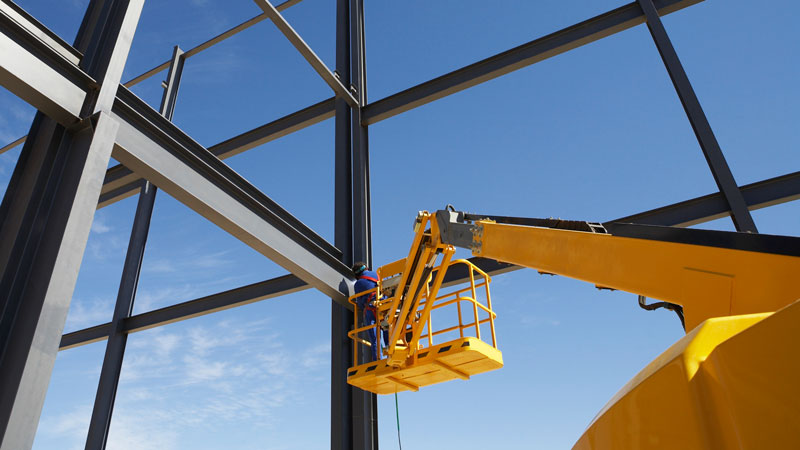
Source. aec-business.com
Depending on the application, your actuator shall comply with various requirements. Here, we will check the main of them, however, we recommend you to consider the application specifics. Based on them, different features might be more important:
- Stroke length: your actuator shall be able to move an object to the required distance, whether it is a part of the machine or an object that needs to be loaded/unloaded;
- The actuator power is one of the most crucial features. On this feature depends whether the equipment is going to be functional at all. It is not surprising that for the construction industry, mostly very powerful actuators are used.
- Positioning/movement accuracy is important in some applications, while in others, they might be of secondary or no importance at all. Thus, choose actuators with the needed accuracy level if this feature can be applied to your project.
- The IP rating is crucial in some applications. In most cases, linear actuators in construction equipment have to work in very rough conditions. Dust, dirt, water, and other pollutant are common. Thus, check carefully the IP rating of each actuator and make sure it is compliant with the conditions where the actuator is going to be used.
Other factors such as noise generation, easiness of management, etc. are important, too, but they might be not among the most crucial ones. You might consider them for specific applications though.
Specific Applications of Linear Actuators
Electric actuators are used in all types of construction vehicles and mechanisms. They replace people in harsh or dangerous conditions. They help to lift and place heavy or bulky objects. Finally, they are used to perform the hardest works on a construction site.
Aerial Decks
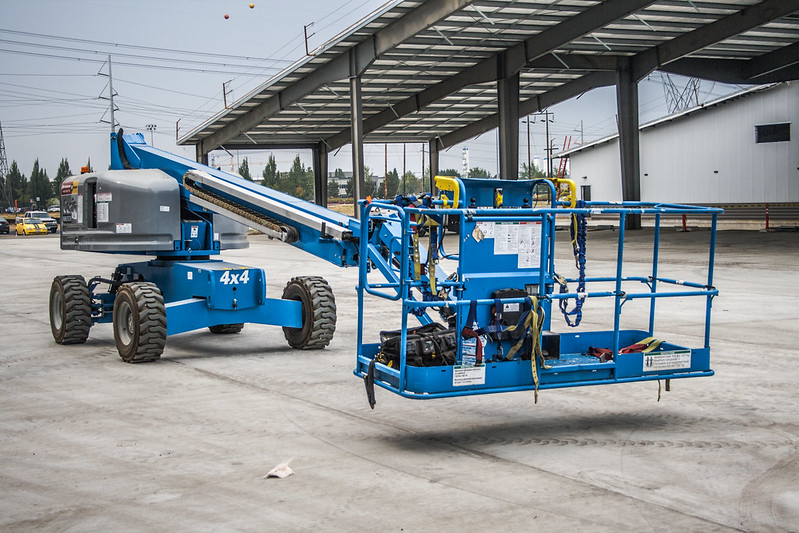
Source: petersoncat.com
Aerial decks were once moved with the help of hydraulic actuators. Now, however, electric actuators are growing in popularity because it is more lightweight and can be used in places and for applications where hydraulic actuators aren’t wished.
Linear actuators in aerial decks provide the needed safety level. An auto-blocking system keeps the device in place even if it breaks down or electricity is off.
Highway Vehicles
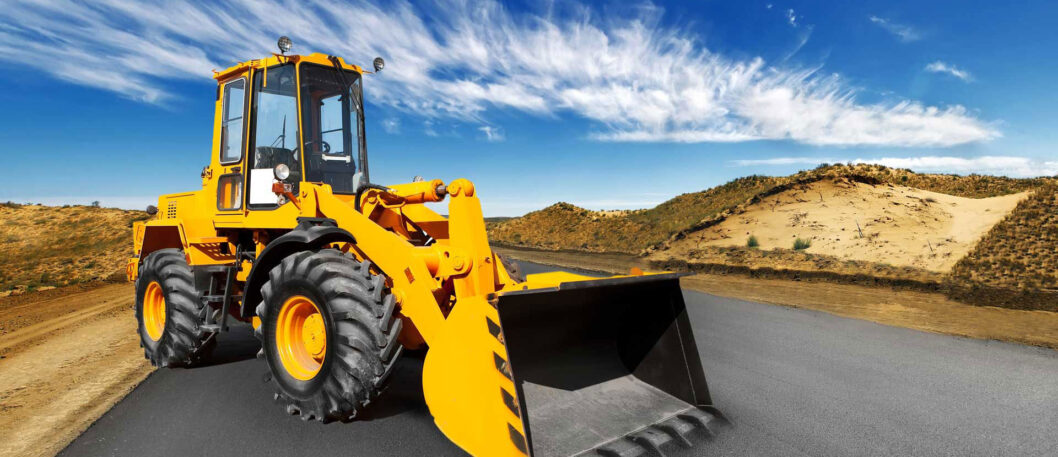
Source: cadtechgroup.com
Linear actuators are widely used in highway vehicles. Actuators and actuator systems provide the vehicles the needed torque and force for motion control. Earlier, this field was also dominated by hydraulic and pneumatic devices.
However, now, electric actuators have come to their place. Electric actuators are easier to manage, they are lightweight, accurate, and can be manufactured in different sizes.
Diggers and Excavators
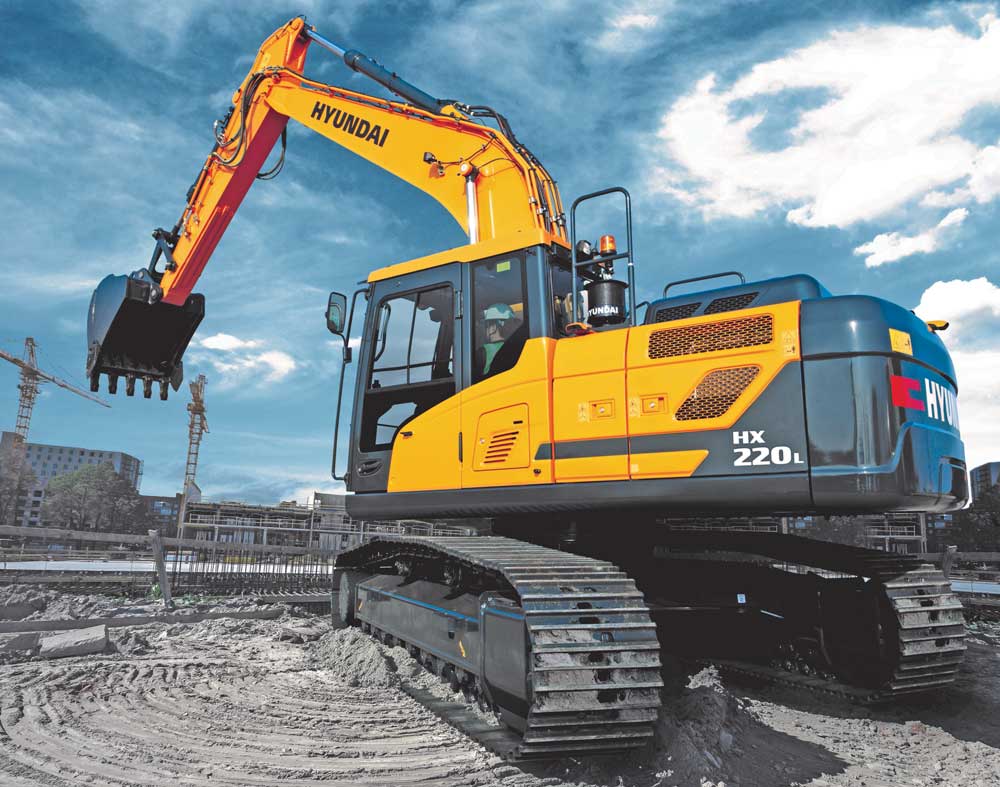
Source: cadtechgroup.com
It is difficult to imagine a construction site without diggers and excavators. The movement of many parts of these machines is executed by heavy-duty actuators. While earlier, mostly hydraulic actuators were applied, now, they are increasingly replaced by the combinations of electric and hydraulic actuators or by electric actuators.
- The reasons for this trend are the same:
- Electric actuators are much cleaner;
- They don’t require maintenance;
- They provide a superior accuracy level of movement and positioning.
Heavy-Weight Equipment
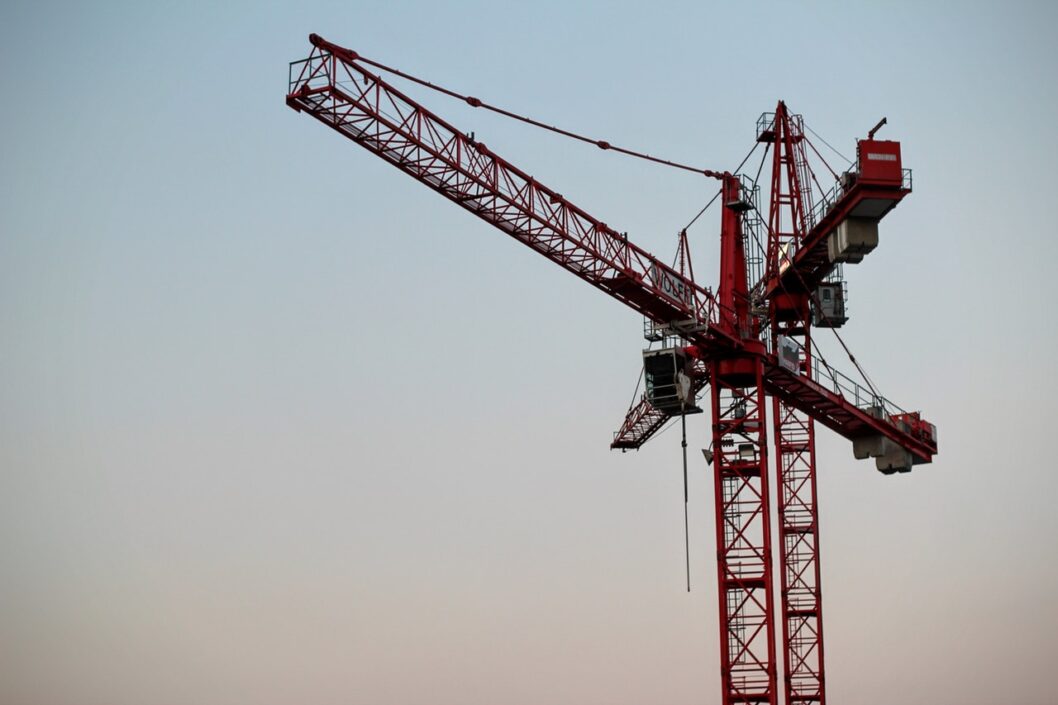
Source: pexels.com
This category embraces a huge range of vehicles. Here, we include cranes, towing trucks, loading equipment, and similar. Linear actuators are applied here to pull, push, load, and unload weights. These items can replace human labour in such cases completely. People are mostly present to manage the equipment only but not to perform the works.
Safety Baskets
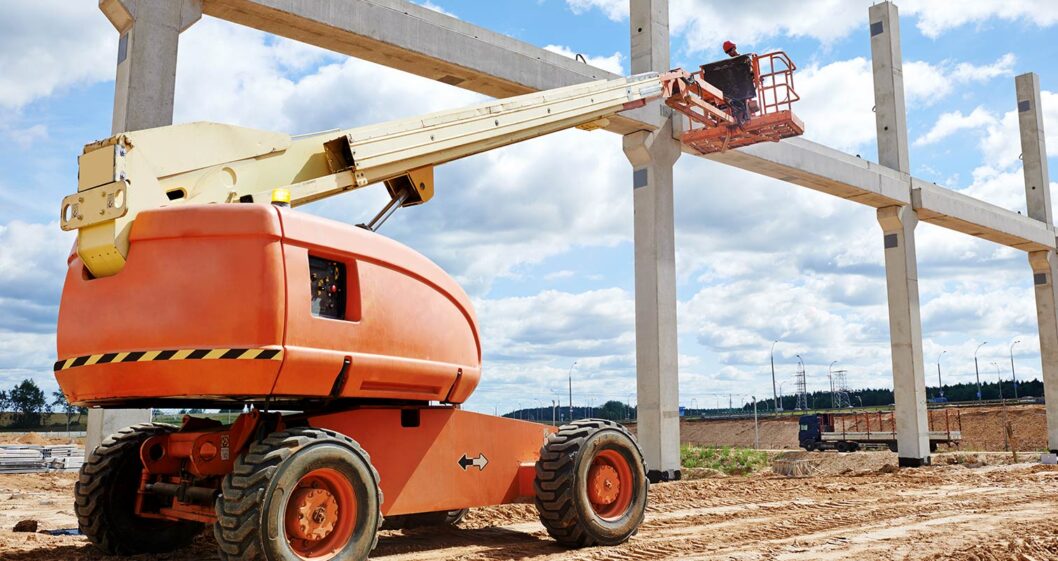
Source: bigrentz.com
Electric actuators are used to move these devices up and down. Here, the main factors that have made this actuator type so popular are reliability and safety. Even if the power is off or the system is broken, an electric actuator will be blocked in the place. Thus, safety is guaranteed.
Final Thoughts
In practically any device used for construction purposes, you will find linear actuators. They are used to adjust seats, for gearing, valve control, and many other purposes. Actuators make a working place more comfortable and safer.
They boost the efficiency of work and help to prevent accidents by replacing people in heavy operations or tasks that involve monotonous repetitive movements.
Also, automated equipment is widely applied in places that are dangerous for human health or even life.


